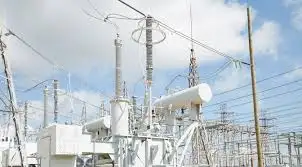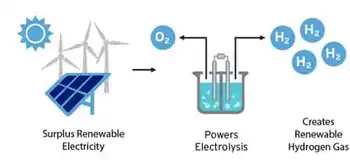AECL to assess use of thorium in CANDU reactors
The agreement is to jointly develop and demonstrate the use of thorium fuel and to study the commercial and technical feasibility of its full-scale use in CANDU reactors such as the twin CANDU 6 units built at Qinshan III, located southwest of Shanghai.
As the nuclear renaissance gathers momentum, more and more countries are seeking alternative fuel options. Uranium and thorium are the basic materials for nuclear fission energy. However, thorium is three to four times more abundant than uranium and is widely distributed in nature as an easily exploitable resource in many countries such as China and India.
Canadian Consul General Nadir Patel witnessed the signing ceremony between representatives of AECL, TQNPC, NPIC and CNNFC. The ceremony was held at the conclusion of a two-day technical seminar on Enhanced CANDU 6 and thorium fuel.
"This is another milestone in the four-party cooperation on development, demonstration and deployment of advanced CANDU thorium fuel in China", said Mr. Dakuan Li, General Manager of TQNPC.
This new agreement is phase two of a cooperation agreement signed in November 2008 that focused on demonstrating the use of recovered uranium in a CANDU Pressurized Heavy Water Reactor (PHWR). First stage of the agreement, to be completed by October 31, is a joint feasibility study to examine the economic feasibility of the thorium proposal.
"CANDU nuclear technology has the potential to make a major contribution to reducing China's dependence on imported nuclear fuel resources by utilizing abundant domestic thorium resources", stated AECL's Vice President of Product Development Jerry Hopwood. "This signing marks the initiation of an important step to demonstrate the use of thorium fuel in commercial CANDU reactors."
CANDU PHWR technology offers clear advantages over other reactor technologies in using thorium fuel. AECL has investigated thorium fuels for over 50 years, including tests in a prototype CANDU power reactor in Canada, with very promising results.
The Enhanced CANDU 6 (EC6) is a Generation III 740 MWe heavy water-cooled, heavy water-moderated, natural-uranium fuelled pressure tube reactor retaining the proven features of the CANDU 6 design while incorporating design and safety improvements to ensure that the safety, operation and performance of the Enhanced CANDU 6 meet modern international standards.
Related News

E.ON to Commission 2500 Digital Transformer Stations
DUSSELDORF - E.ON plans to commission 2500 digital transformer stations in the service areas of its four German distribution grid operators - Avacon, Bayernwerk, E.DIS and Hansewerk - by the end of 2019. Starting this year, E.ON will solely install digital transformer stations in Germany. This way, the smart grid is quite naturally being integrated into E.ON's distribution grids.
With these transformer stations as the centrepiece of the smart grid, it is possible to monitor and control any situation in the power grid from the grid control centre. This helps to maintain a more balanced utilisation of the grid and, with…




